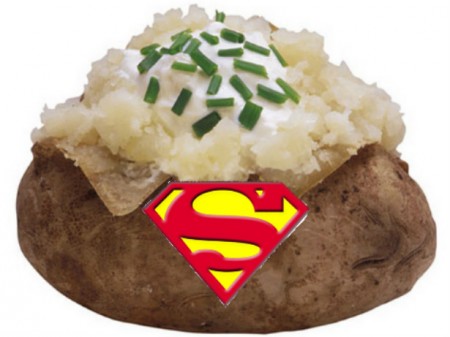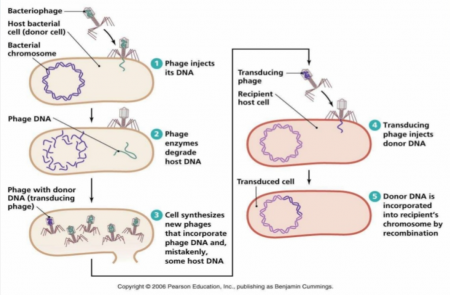June 9, 2015 – The TSL Potato Partnership project has received five years of funding to help develop a new GMO potato and win approval from regulators for its commercial use. The Sainsbury Laboratory, University of Leeds and Simplot are the collaborators in this enterprise.
The goal is to produce a potato resistant to blight, parasitic worms, bruising and carcinogenic properties that may occur during cooking. Tackling these four issues and succeeding will indeed create a super potato.
The team has identified three genes that are specific to blight resistance, and two genes that confer the potato’s ability to resist nematode cysts. These genetic modifications will be added to a recently commercialized and approved GMO potato known as the Innate which Simplot researchers created through the stimulation of naturally occurring RNA interference (RNAi) within the plant’s cells. The result, a potato that has fewer black spots and bruises, and that retains its white and fresh appearance when pared and peeled. For more information on how RNAi functions in cells read one of my earlier postings.
Blight, a fungal infection, has been around since potatoes first made their appearance in Europe. The most famous episode, the potato famine that struck Ireland in the mid 19th century. Today blight destroys $5 billion US of potatoes each year. The only treatment is the application of fungicide sprays.
Nematodes are almost as deadly to potatoes as blight causing similar costly crop destruction each year. The present method for dealing with the nematodes is the application of pesticides which like the fungicides used to tackle blight have residual effects when they leach into soil or come in contact with other biology, both plants and animals.
The method of gene delivery will employ bacteria to carry the desirable DNA into the potato plants. Called genetic transformation, this doesn’t require gene snipping with tools like CRISPR. The bacteria interacts with the potato root systems and transference of the genetic material occurs between bacterial host and recipient cells.
If successful the researchers believe they can apply the technology of genetic transformation to wheat. Research on wheat infections is big business around the world today. Recently I wrote about Chinese agricultural scientists tackling powdery mildew, a fungal infection that attacks wheat and other cereal crops. The Chinese researchers chose a different GM technology using TALENS and CRISPR tools to break a gene inhibiting the plant’s natural ability to fight fungal infections. The TSL Potato Partnership believe they can use their approach on wheat rust, also a fungal infestation which has been called the “polio of agriculture.”
As for the super potato the partnership will supervise all aspects of the RNAi treated plants throughout their growth and development. They will then select those plants that exhibit all the desired traits and then will breed and extensively field test them for three years before applying for regulatory approval.













[…] scientists tackling powdery mildew, a fungal infection that attacks wheat and other cereal crops. [1] She was a mentor to many wheat scientists, and a meticulous teacher,” said Thomas Payne, head […]